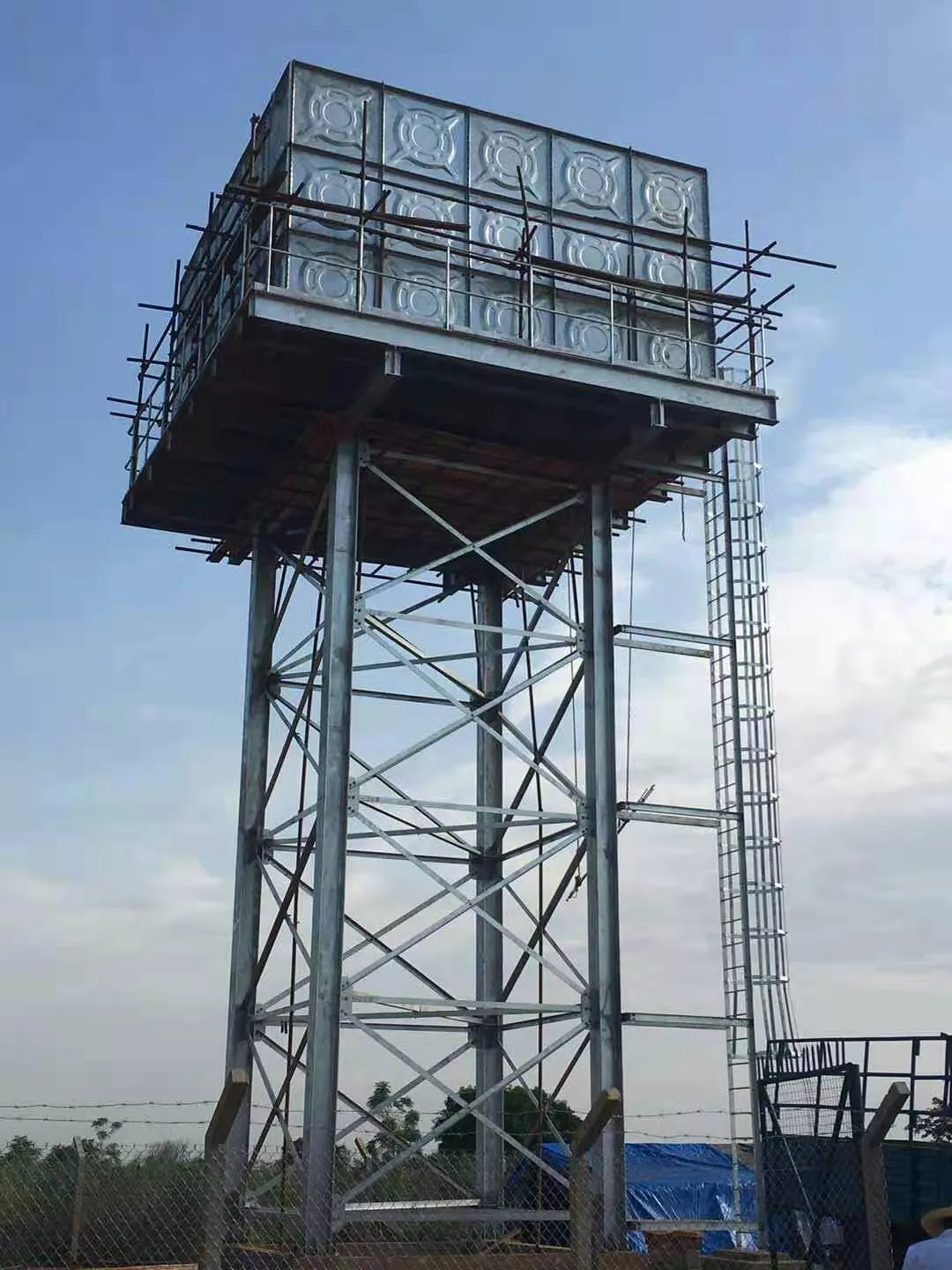loading...
- No. 9, Xingyuan South Street, Dongwaihuan Road, Zaoqiang County, Hengshui, Hebei, China
- admin@zjcomposites.com
- +86 15097380338
- Welcome to visit our website!
Welded Steel Bar Grating Applications and Benefits in Construction and Industrial Settings
Understanding Welded Bar Grating An Overview
Welded bar grating is a robust and versatile product widely used in construction, industrial applications, and architectural projects. Its unique characteristics make it a favored choice for both functionality and aesthetics in various environments. This article explores the features, benefits, applications, and maintenance aspects of welded bar grating.
What is Welded Bar Grating?
Welded bar grating consists of a series of parallel bars that are welded together at regular intervals to form a grid-like structure. These bars can be made from materials such as steel, aluminum, or stainless steel, providing various options depending on the application’s requirements. The spacing between the bars can be customized to accommodate specific load requirements and operational needs.
Features and Benefits
One of the key advantages of welded bar grating is its strength. The welding process creates a solid and durable product that can support significant loads while maintaining structural integrity. This makes it ideal for use in high-traffic areas, such as walkways, platforms, and mezzanines.
Additionally, welded bar grating is lightweight, which simplifies installation. It can be easily cut, shaped, or fabricated to fit unique spaces and layouts, allowing for flexibility in design. The open design also promotes air circulation, drainage, and light penetration, making it suitable for various environments, including outdoor settings.
Safety is another critical feature of welded bar grating. The design allows for slip-resistant surfaces, particularly when used with additional coatings or surface treatments. This is especially important in industrial settings where heavy machinery and personnel frequently traverse the space.
welded bar grating

Applications
Welded bar grating finds applications across multiple industries. In industrial settings, it is often used for flooring, drainage covers, and stair treads, providing safe and durable solutions for demanding environments. In municipal projects, it serves as grates for trenches and drainage systems, ensuring that water flows efficiently while preventing debris ingress.
Moreover, welded bar grating has architectural applications as well. Its sleek and modern appearance makes it an attractive choice for decorative walkways, railings, and facades, blending functionality with aesthetic appeal. Homeowners and architects often choose welded grating components for outdoor projects, enhancing both safety and visual interest.
Maintenance Considerations
Despite its durability, welded bar grating requires regular maintenance to prolong its lifespan. Routine inspections should be conducted to check for signs of wear, rust, or damage. Cleaning is also essential, especially in environments where debris and chemicals may accumulate. Depending on the material, protective coatings may be applied to enhance corrosion resistance.
Conclusion
Welded bar grating is a valuable solution that combines strength, versatility, and safety for a wide range of applications. Whether in industrial, municipal, or architectural settings, its benefits are evident. As industries continue to evolve, the demand for durable and efficient materials like welded bar grating will likely remain strong, making it an essential component in modern construction and design.
-
Transform Your Spaces with FRP Grating SolutionsNewsNov.04,2024
-
The Versatility and Strength of FRP RodsNewsNov.04,2024
-
The Excellence of Fiberglass Water TanksNewsNov.04,2024
-
The Benefits of FRP Grating for Your ProjectsNewsNov.04,2024
-
Elevate Your Efficiency with FRP Pressure VesselsNewsNov.04,2024
-
Welcome to the World of FRP Pressure VesselsNewsOct.12,2024
-
Unveiling the Future of Filtration: Why FRP Filter Vessels are a Game ChangerNewsOct.12,2024
